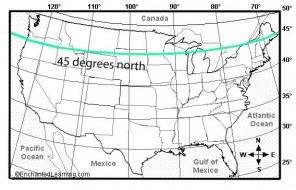Helmsman
Guru
- Joined
- Oct 3, 2020
- Messages
- 1,086
- Location
- Chattanooga
- Vessel Name
- Mishy Jean
- Vessel Make
- Helmsman Trawler 38E
Since Starlinks inception, there has been discussions about whether or not it would be made available for boating, ocean travel, etc. looks like Elon Musk doesn’t see it as a big problem. Link below.
https://www.inverse.com/innovation/starlink-will-it-work-on-boats
https://www.inverse.com/innovation/starlink-will-it-work-on-boats



